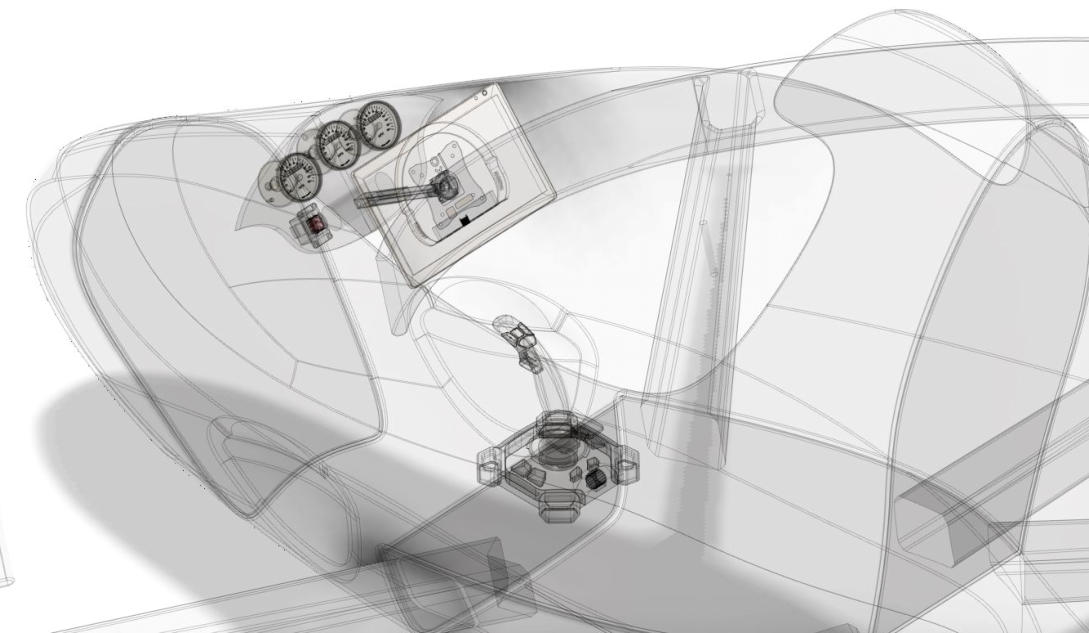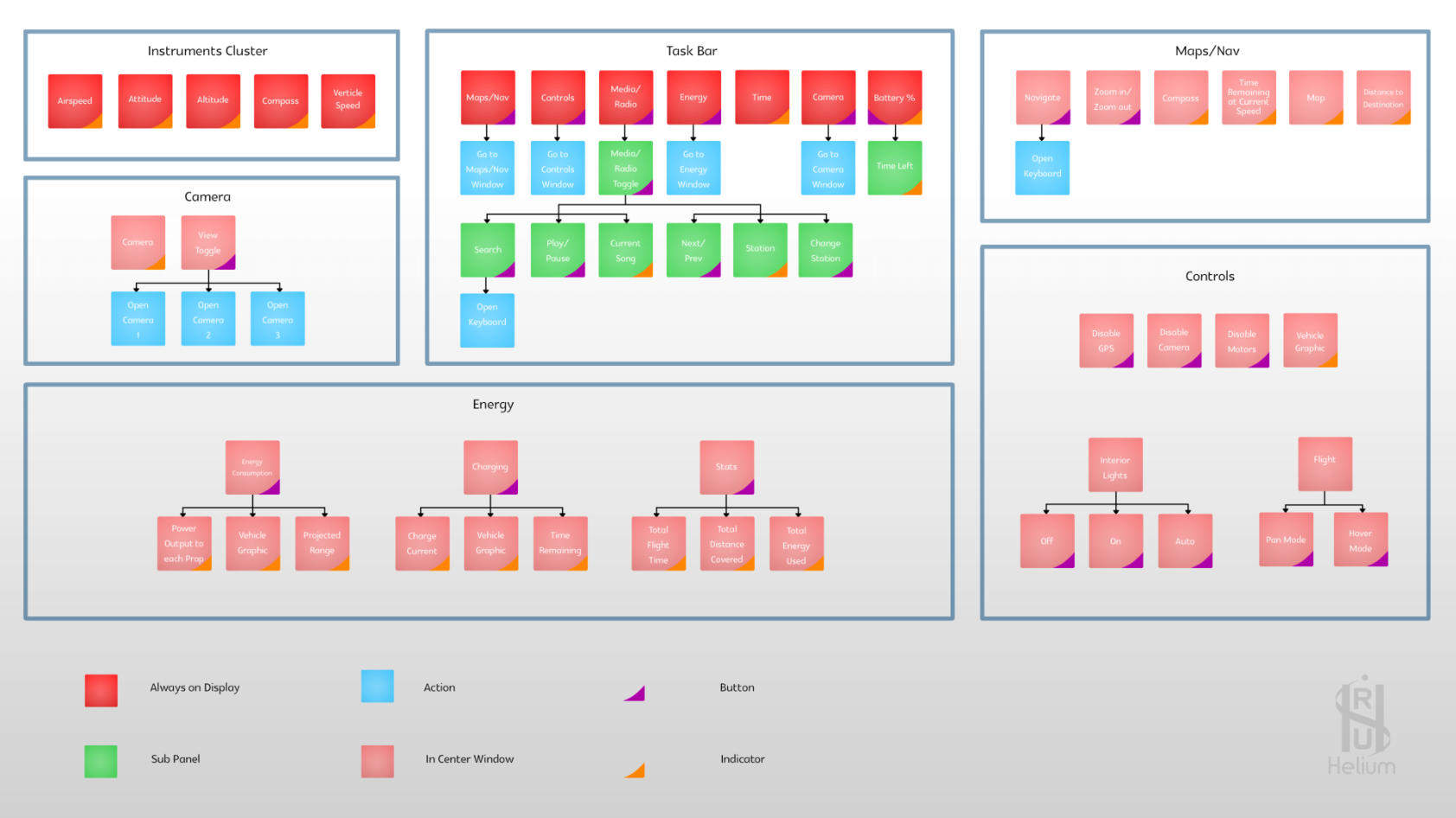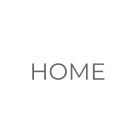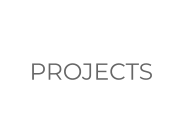Omid G
2018
Bluetooth Connectivity

The goal of the project was to design the user controls and interface for a personal verticle take off and landing (VTOL)
vehicle.

The display acts as a reprogrammable controls interface for the vehicle. It’s benefit is the ability to rapidly test and improve
the UI in real time.
Created in Fusion 360 and rendered
using Keyshot5.
The UI was developed using Qt and
deployed to the Qualcomm
DragonBoard 410c.

The dashboard of the user interface is made up of 2 main components. These components being, the touch
screen monitor, and controls/instruments board. The goal was to create a user interface that was as simple and
intuitive to use as possible. Reducing the amount of components decreases the price, build complexity and also
the amount of failure modes that could occur.
Monitor:
The motivation behind using a touch screen monitor was so that we could create a user interface that was
compact and configurable. Using a monitor allows us to design and modify the UI based on exactly what we
need and when we need it. It gives us the ability to rapidly test and improve the UI in real time. Moreover, this is
a low cost, space efficient and modern solution to the user interface.
Controls/Instruments board:
The controls/instruments board sits just behind the monitor. It houses the physical controls such as the main
power/kill switch, the physical dials that are required by FAA regulations and an adjustable mount for the
monitor. It is important to note that the users view of the physical instruments may be obstructed depending on
the monitors position and height of the user. However, all of the information from the physical dials will be
displayed digitally on the touch screen monitor for redundancy.
Electrical failure:
During an electrical failure the touch monitor will become unresponsive. To combat this we’ve incorporated
physical dials for redundancy with enough information for the user to be able to pilot the vehicle to safety.
The dashboard was designed to be as simple
and intuitive to use as possible. It consists of
two main components; a touch screen display
and the instruments/controls panel. It provides
a low cost, space efficient and modern solution
to the user controls interface.
Source Code
To download the source code visit the github link below.
For additional information email me at
OmidGhayouri@outlook.com
Omid G
2018
The goal of the project was to design the user controls and
interface for a personal verticle take off and landing (VTOL)
vehicle.
The dashboard was designed to be as simple
and intuitive to use as possible. It consists of
two main components; a touch screen display
and the instruments/controls panel. It provides
a low cost, space efficient and modern solution
to the user controls interface.
Created in Fusion 360 and rendered
using Keyshot5.
The display acts as a reprogrammable controls interface for the
vehicle. It’s benefit is the ability to rapidly test and improve the UI in
real time.
The
dashboard
of
the
user
interface
is
made
up
of
2
main
components.
These
components
being,
the
touch
screen
monitor,
and
controls/
instruments
board.
The
goal
was
to
create
a
user
interface
that
was
as
simple
and
intuitive
to
use
as
possible.
Reducing
the
amount
of
components
decreases
the
price,
build
complexity
and
also the amount of failure modes that could occur.
Monitor:
The
motivation
behind
using
a
touch
screen
monitor
was
so
that
we
could
create
a
user
interface
that
was
compact
and
configurable.
Using
a
monitor
allows
us
to
design
and
modify
the
UI
based
on
exactly
what
we
need
and
when
we
need
it.
It
gives
us
the
ability
to
rapidly
test
and
improve
the
UI
in
real
time.
Moreover,
this
is
a
low
cost,
space
efficient
and
modern
solution
to
the user interface.
Controls/Instruments board:
The
controls/instruments
board
sits
just
behind
the
monitor.
It
houses
the
physical
controls
such
as
the
main
power/kill
switch,
the
physical
dials
that
are
required
by
FAA
regulations
and
an
adjustable
mount
for
the
monitor.
It
is
important
to
note
that
the
users
view
of
the
physical
instruments
may
be
obstructed
depending
on
the
monitors
position
and
height
of
the
user.
However,
all
of
the
information
from
the
physical
dials
will
be
displayed
digitally
on
the
touch
screen
monitor for redundancy.
Electrical failure:
During
an
electrical
failure
the
touch
monitor
will
become
unresponsive.
To
combat
this
we’ve
incorporated
physical
dials
for
redundancy
with
enough
information
for
the
user
to
be
able
to
pilot
the
vehicle
to
safety.
Source Code
To download the source code visit the github link below.
For additional information email me at For additional
OmidGhayouri@outlook.com

















































